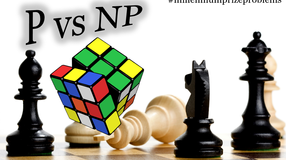Natural Radix Formula
- YouWei
- May 21, 2016
- 1 min read
Humans usually count in base 10, or decimal.
Computers are usually portrayed to function in base 2, or binary.
These are examples of radices (singular: radix).
Any natural number can be a base.

And the list of names go on and on.
Point is, these bases represent the same number in a whole bunch of different ways. The left column is the radix, the right column shows how a number is represented in each of the bases.


Let me now introduce this amazing identity:

And how it ties in with everything else:

If you think it's useless because the formula only works for recurring digits of 1, look at these:

And this will henceforth be known as the Natural Radix Formula (NRF).

where a is a digit from 0 - 9 and b is the base.
Fun Exercise: Why not you try to prove the NRF for yourself? The proof will be released next weekend.














Comments